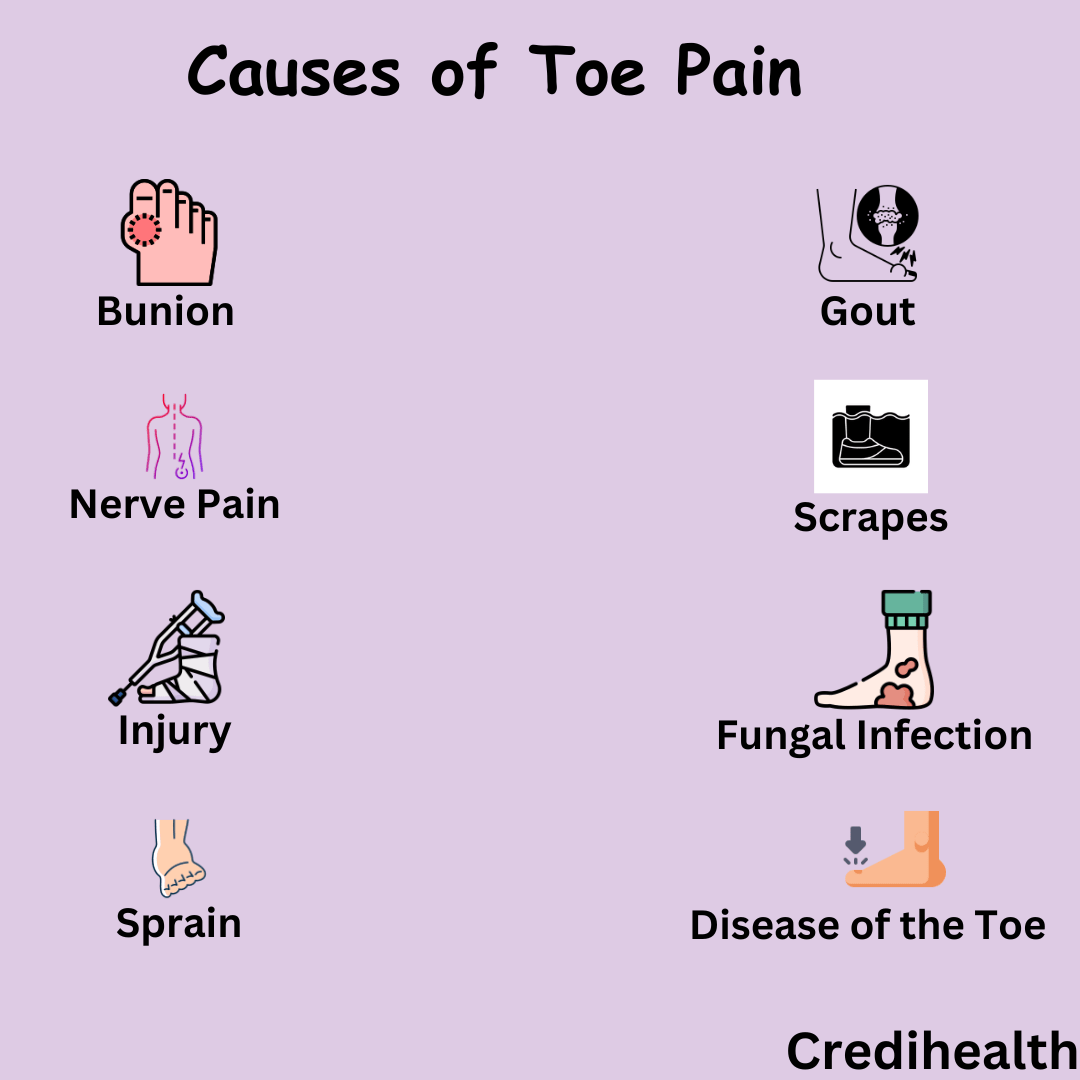Excessive use of a knee joint & trauma, including hitting or jumping on the kneecap, are frequent reasons for the disorder. Although the illness is more common in sportsmen, the symptoms can affect anyone. Some persons suffer from a kneecap that grooves or moves unnaturally in the aperture at the tip of the thigh. This can strain the trochlear surface, the tissue surrounding the kneecap or the thigh bone where it rubs. While indicators of the patellofemoral pain syndrome can range from unpleasant to excruciating, the ailment is frequently treatable at home. Resting and conservative therapy procedures may be able to alleviate your pain. Also Read: Patellofemoral Pain Syndrome: Symptoms and Treatments
What is Patellofemoral syndrome?
Patellofemoral syndrome is an illness that causes stiffness at the front part of the knee, especially near the patella or kneecap. Physicians may also refer to the patellofemoral syndrome as "jumper's knee" or "runner's knee."
What are the Causes of Patellofemoral Pain Syndrome?
A variety of factors can cause patellofemoral pain syndrome. It's been linked to:

Overuse:
Running and jumping activities place repetitive strain on the joint of the knee, which can cause inflammation under the kneecap.
Muscular imbalances or weaknesses:
Patellofemoral discomfort can develop when the muscles surrounding the hip and knee fail to hold the kneecap in place. Patellofemoral discomfort has been connected to moving your knee outward during a squat position.
Injury:
Trauma affecting the kneecap, especially when it slips or breaks, may be associated with painful patellofemoral conditions.
Surgery:
Patellofemoral discomfort might be exacerbated by knee surgery. This is particularly relevant when employing one's tendon of the patella as a transplant for repairing the ligament that holds the knee together.
Read Also: Runner's Knee(Patellofemoral Pain Syndrome): Causes, Symptoms, Diagnosis and Treatments
What are the Symptoms of Patellofemoral Pain Syndrome?
A dull, throbbing discomfort in the forefront of the knee is the most typical sign of PFPS. This pain, which normally starts in stages and is frequently triggered by activity, might affect either of the knees. Other typical signs are as follows:
- Workouts and movements that constantly flex the knee, for example, stair climbing, sprinting, leaping, or squatting, can cause pain.
- Pain at the outside of the knee while sitting over an extended period with a bent knee, for example, in a movie theatre or on an airplane.
- Changes in the activity level or extent, playing surface, or apparatus can all cause pain.
- When escalating stairs or standing up after a lengthy period of seated, your knee may make popping or cracking sounds.
Also Read: 10 Exercises For Knee Pain to Reduce Knee Pain?
What are the risk factors of Patellofemoral Syndrome?
The following are prevalent factors of risk in patellofemoral syndrome:
- Age: Patellofemoral syndrome is most common in adolescents and young adults but can also affect older people.
- Sex: Women are more likely to acquire this illness than men, presumably due to a higher risk of imbalanced muscles and the larger angle for the female pelvis.
- High-impact activities: Sprinting, jumping, and squatting are examples of significant impact or carrying weight sports that create constant strain on the joints and elevate the possibility of a knee injury.
- Flat feet: Persons with flat feet are susceptible to acquiring patellofemoral syndrome since they place more stress on the joints of their knees.
Also Read: Knee Pain and Joint Replacements (Arthroplasty)
How is Patellofemoral pain syndrome treated?
Patellofemoral syndrome can be treated in many different ways, including:
RICE guidelines
Basic treatments like rest and ice may reduce swollen and painful joints in numerous instances of patellofemoral syndrome. The RICE regimen, which signifies Rest, Ice, Compression, and Elevation, calls for relaxing the affected limb, regularly using ice packs, wearing compressive bandages, and lifting the knee above the level of the heart. The RICE procedure is the most efficient when followed within 72 hours of an injury.
Medication
Acetaminophen and ibuprofen are two OTC (over-the-counter) NSAIDs that can assist in lessening the swelling and discomfort brought on by patellofemoral syndrome. Because of the possibility of gastrointestinal issues, NSAIDs shouldn't be taken over an extended period.
Activity management
Activity management is one strategy to prevent future injury to the knee and the return of the problem because the patellofemoral syndrome is mostly caused by excessive knee usage. Activities that involve repeated high-impact motions may be reduced or avoided by those who have patellofemoral syndrome, such as:
- Running.
- Jumping.
- Kneeling.
- Squatting.
- Lunging.
- Ascending and Descending stairs or other inclinations.
- Spending a lot of time sitting.
Physical exercise
A therapist might advise:
- Stretching.
- Exercising.
- Support.
- Taping the patella.
- Massage.
Working with a licensed physiotherapist can assist in reducing symptoms and hasten the healing process.
Surgery
Surgical procedures become necessary, especially in extreme circumstances where non-surgical treatment fails to relieve patellofemoral pain syndrome.
Arthroscopy
An arthroscope, a tiny camera used in this treatment, is inserted into the knee joint by the physician. Your surgeon uses the screen-based pictures of your joint of the knee provided by the camera to direct small instruments for surgery in the intended surgical site.
- Debridement: In rare instances, removing the worn-down smooth, white tissues from the outer layer of the kneecap that covers the edges of the bones at joints can alleviate pain.
- Lateral release: This operation will loosen tissues and correct the kneecap's out-of-place proper alignment if the afflicted muscle is too tight to prevent pulling it out from the trochlear groove.
- Moving the tibial tubercle: Realigning the kneecap by moving the patellar tendon and a piece of the shin bone's bony prominence may be necessary.
- Transfer of tibial tubercles
The patellar tendon might sometimes require to be moved, alongside a piece of the tibial tubercle, which is the bony protrusion on the tibia, to realign the kneecap. Most of the time, these therapies are unnecessary. However, if the discomfort worsens over time or does not heal with conservative therapies, consult the Orthopedic Doctor in Ambala.
Also Read: Knee pain - Your child's complain are not fake excuses
How can it be prevented from Patellofemoral pain syndrome?
Although some instances can be avoided, several precautions can be done to lower the possibility of knee issues. These are some examples:
Maintaining muscular balance:
Muscle strengthening in both knees can lower the risk of muscle imbalances and contribute to healthy knee alignment. Flat feet can be treated using comfortable footwear and shoe inserts, reducing the strain on the knee joints.
Maintaining a healthy weight:
Carrying too many overweight places strain on joint spaces and increases the likelihood of patellofemoral syndrome. Eating an appropriate diet and engaging in routine workouts will help you maintain an appropriate weight.
Warming up before exercise:
Before exercising correctly, a person should constantly stretch and engage in light activities. This can help with mobility and avoid injuries.
Gradually altering training regimens:
Enhancing workouts' difficulty, duration, or regularity abruptly might cause knee pain.
Fix Flat Feet:
Assistive footwear and shoe inserts can help alleviate flat feet and relieve strain on the knee joints.
Preventing knee strain:
L2ow-impact exercises, supportive shoes, and knee supports during exercises can all assist in lessening the effect on your knees and legs.
Read Also: What Causes a Sharp Stabbing Pain in the Knee that Comes and Goes: Tip to Get Relief
Conclusion
Individual recovery times differ due to factors such as the intensity of the signs and the medications taken. Most cases, however, will heal within a few weeks using home and surgical therapy. Using the RICE regimen while interacting in activities that have little impact improves the prospects for numerous individuals. It may take up to 5 months to recuperate completely, specifically if the patellofemoral syndrome has been triggered by physical trauma.

Reviewed by







